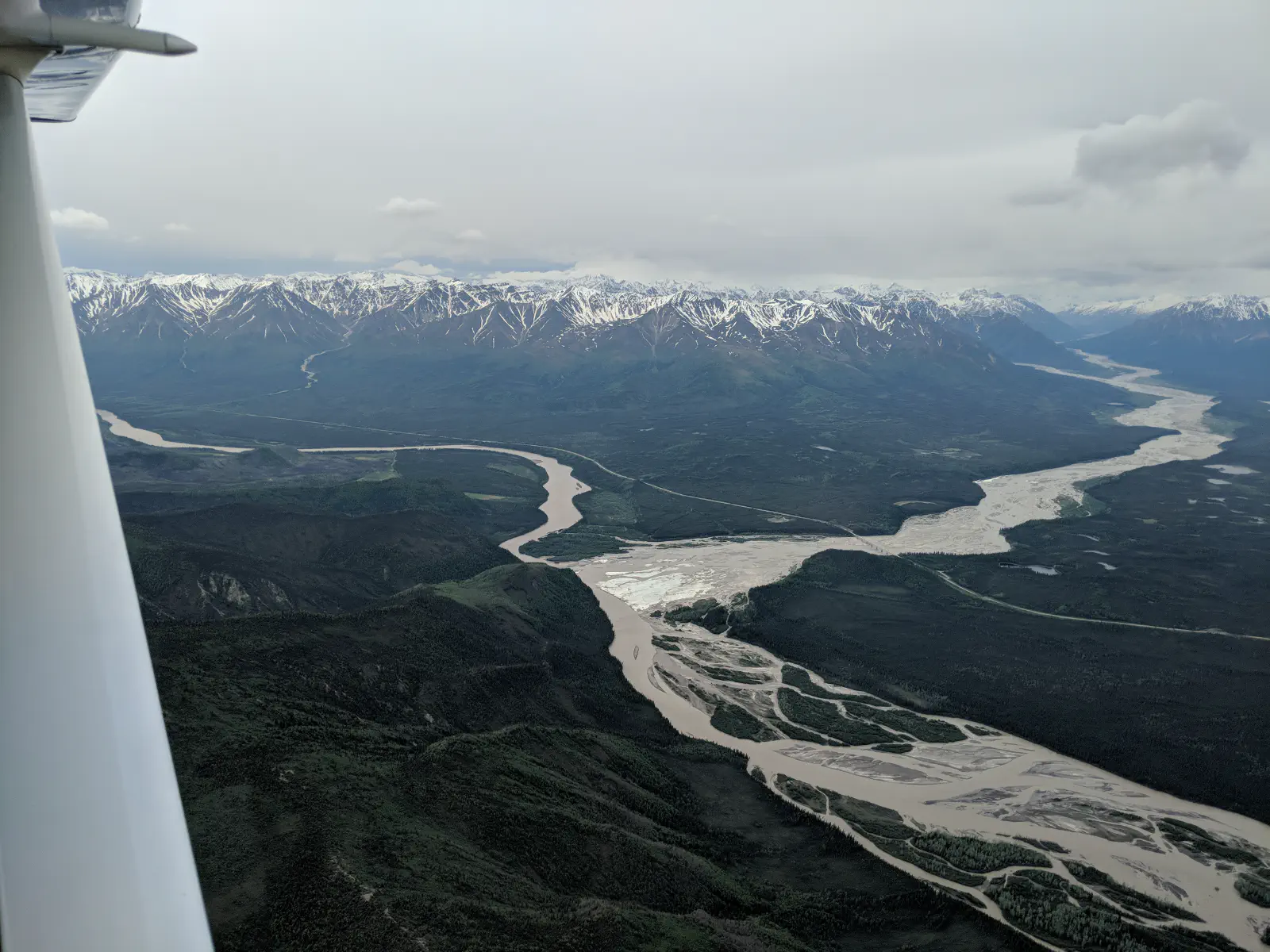Brief the Approach
Last Sunday’s flight was a real workout including holding patterns, DME arcs an approach to Tracy (KTCY) and Los Banos (KLSN). The biggest lesson of the day was to brief the approach before flying the approach. Martin was playing the role of air traffic control while I was under the hood. After vectoring out of San Carlos, he had me cross TRACY intersection at 3,500’ and proceed direct OMWAP for the RNAV (GPS) Rwy 26 approach.

Things got off to a rough start as I entered the hold at OMWAP. I’ve been very happy with my GPS setup but I’ve learned it can’t do everything. In this case it told me to “Hold Parallel 075° Ahead” indicating I should make a parallel entry to the pattern. A parallel entry would have me fly out the inbound leg and then make a left hand turn into the pattern at an appropriate point so I have roughly a 1 minute inbound leg. I kept staring at the GPS expecting it to tell me when to turn but it never did. About 3 minutes after passing OMWAP, I had to confess my ignorance and get help from ATC sitting in the right seat.
Once I received a re-introduction to pattern entries, I slowly got back into the pattern for the setup to the approach. The thing to remember here is that the race track pattern puts you into a protected area that provides terrain clearance as long as you’re flying within the pattern. Making a right turn instead of a left turn on my parallel entry could have taken me out of that protected area.
After one lap in the pattern I was approaching OMWAP again and ready to begin the approach… or was I? At the point that I had been “cleared for the approach,” I was cleared to begin not only the pattern and approach but also cleared to fly the profile. I was still at 3,500’ when I crossed OMWAP, 500’ above the published profile.

Finally realizing my mistake, I began my descent and started chasing the vertical guidance down to the minimum descent altitude (MDA). Once I got to the MDA, what was I going to do? I didn’t have a good answer and in hindsight I shouldn’t have been so focused on the vertical guidance from the GPS because it has no concept of an MDA so I basically flew right past it, with my Foggles still on. The MDA is the lowest you may fly (plus 100’ minus 0’) until you visually acquire the runway environment. It’s pretty hard to acquire the runway environment with Foggles on so I had busted the MDA.
Once I decided to go for the missed approach, I wasn’t exactly sure what to do. My initial response was to make a climbing right turn to 3000’ and proceed direct OMWAP like it says on the chart, but where should I start the missed approach? Uh… the missed approach point? Yeah, and where is that? Uh… I’m not sure. Not my best work but it turns out the missed approach point is at the RW26 waypoint which is the threshold of the runway.
All of this boiled down to a valuable lesson, I hadn’t briefed the approach and it was biting me every step of the way. It is not possible to fly the airplane, read a chart and react to what the chart says all at the same time. Briefing the approach means familiarizing yourself with all aspects of the procedure prior to flying it. Reading an altitude or a heading from the chart on your kneeboard isn’t bad, trying to learn it while you’re flying it is. Martin gave me the MARTHA checklist to help me with my future approaches:
Missed Approach Approach Procedure Radios, Route, Radials Time Heading Altitudes
After licking my wounds we practiced for a few more hours entering patterns, flying DME arcs followed by a full stop landing in Los Banos. Another great learning experience right out of the gate. I can’t wait for next weekend.
